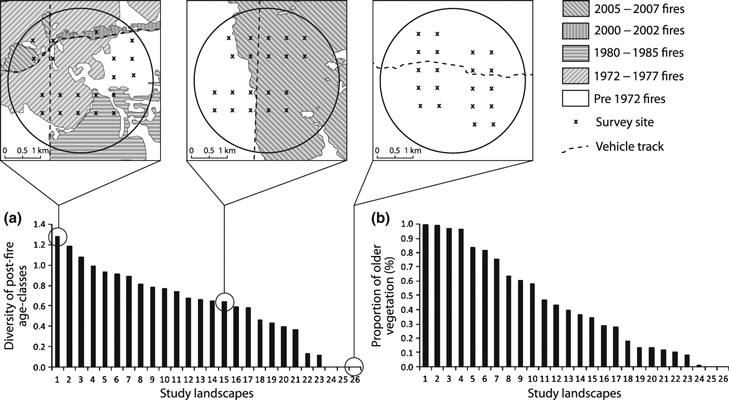Wildland Firefighter Exposure to Hydrocarbons: Research Brief
/Wildland firefighters suppressing wildland fires or conducting prescribed fires work long shifts and are exposed to high levels of smoke with no respiratory protection. This research measures firefighter exposure to smoke and pollutants and offers way to reduce this exposure.
Read More























